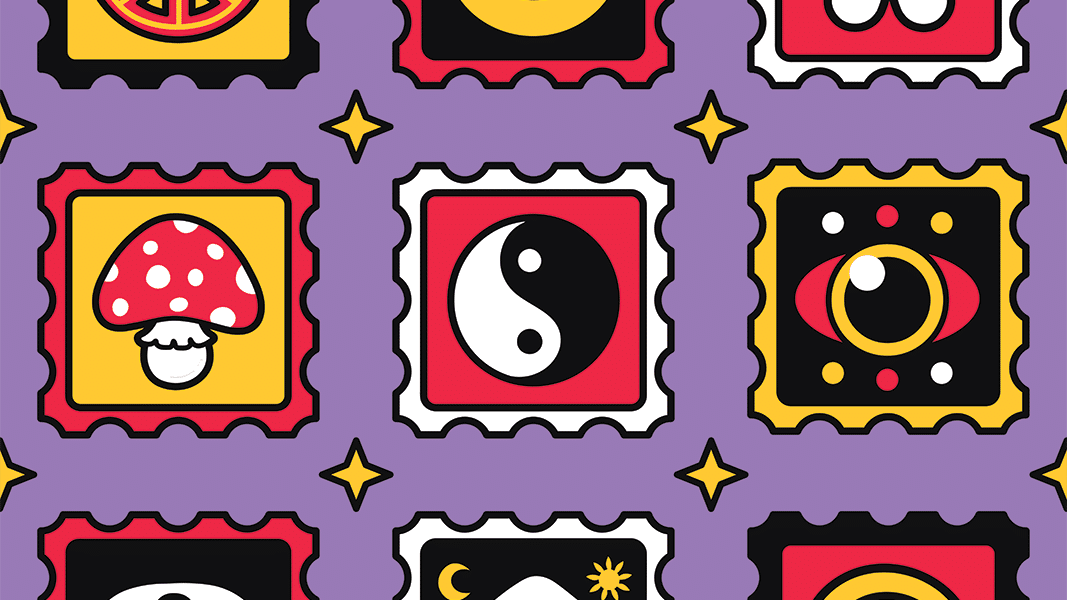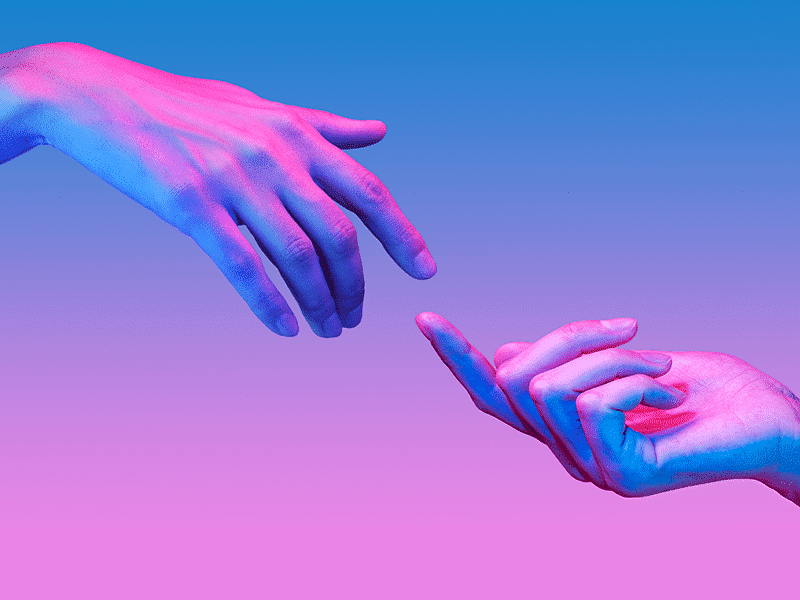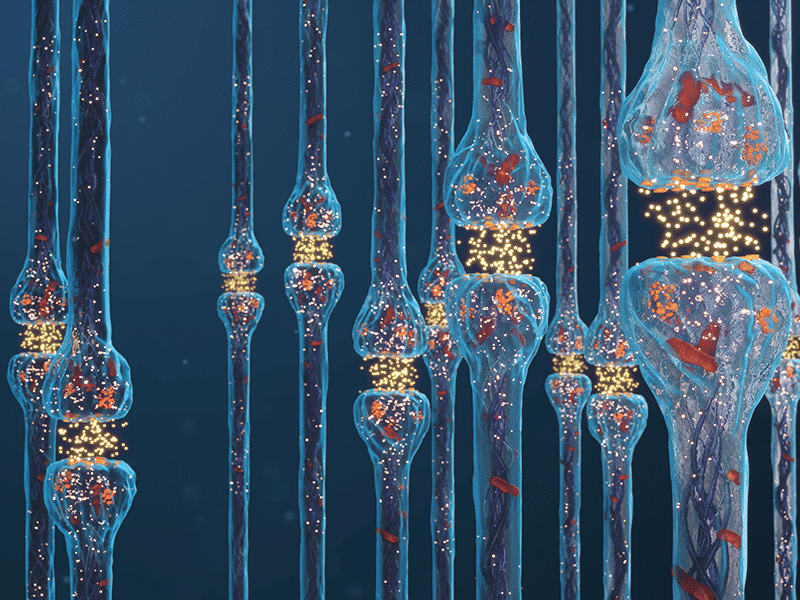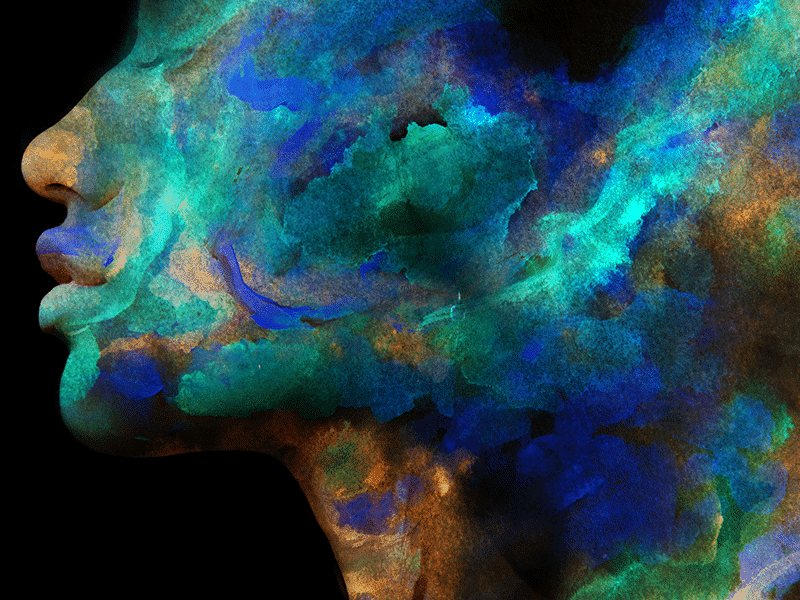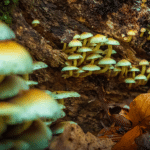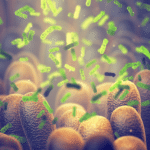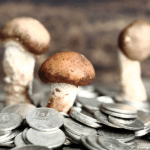We can barely agree on what it is, let alone what it does. Does a “microdose” of psilocybin or LSD have to be sub-perceptual? Should you microdose daily or intermittently? What about “stacking” small doses of psychedelics with other supplements? Does microdosing raise productivity and creativity, or reduce depression and anxiety? Is microdosing a fad? A placebo? A panacea? Can it harm your heart?
Evidence to date is mixed, and generally fails to confirm the loftier promises of microdosing. Still, true believers and avid skeptics can probably agree it’s an interesting and worthwhile area of study. Given the growing popularity of microdosing, if it can’t truly make us healthier or happier, we should know that. If it can, all the better.
Interestingly, while researchers have studied the effects of low doses of psychedelics since at least the 1950s, the term “microdosing” is a newcomer in the scientific lexicon. The words “psychedelic” and “microdose” didn’t appear together in a published, peer-reviewed paper until 2018. In 2019 and 2020, 18 and 19 papers, respectively, mentioned pyschedelic microdosing, and in 2021, just 15 did.
But this year is on track to far surpass the rest, with 24 papers mentioning microdosing as of mid-September (and at least six focusing on it from the last few months).
An Emerging Science
In August, the journal Neuroscience & Behavioral Reviews1 published a systematic review on the “emerging science” of microdosing that its Australia-based authors call the most comprehensive yet. It covers 44 studies published between 1955 and 2021 and summarizes reported effects across six categories: mood and mental health; wellbeing and attitude; cognition and creativity; personality; changes in conscious state; and neurobiology and physiology.
The authors note that laboratory studies have observed changes in pain perception, time perception, conscious state, and neurophysiology. Studies based on self-reporting from outside the lab, meanwhile, have observed changes in cognitive processing and mental health. That’s fine as far as it goes, but here’s where things get murky. The authors acknowledge that across these studies risk of bias varies widely, dose size is poorly defined and controlled, and bidirectional effects are common (many outcome measures have been shown to both decrease and increase following microdosing).
On top of all that, placebo control is not only rare across the studies (17 of 44), but “seldom adequate” when present. As a result, “it is difficult to distinguish between the role of drug expectancy and drug effects of microdosing within the reviewed studies,” the authors conclude. “A key question for researchers is whether these effects of microdosing have clinical or optimization benefits beyond what might be explained by placebo or expectation.”
To move beyond the current quandary, the authors offer a number of recommendations for strengthening the science of microdosing, from basics like accurately measuring substances and doses to taller orders like launching long-term longitudinal studies. More broadly, they call for a new phase of well-controlled “confirmatory research” to assess individual predictors, expectations, and contextual factors within active-placebo-controlled studies. “With the above recommendations in mind,” the authors conclude, “microdosing science is set to mushroom into a productive field of enquiry over the coming years.” (Pun intended, we presume.)
Great Expectations
A pair of double-blind, placebo-controlled microdosing studies from a research team in Argentina highlight conflicting findings and intriguing potential.
The first, appearing in the journal Translational Psychiatry2 in August 2022, investigates the acute and short-term effects of 0.5 grams of psilocybin in 34 individuals on subjective experience, behavior, creativity, perception, cognition, and brain activity.
“Reported acute effects were significantly more intense for the active dose compared to the placebo, but only for participants who correctly identified their experimental condition [emphasis added],” the authors report. In other words, by assessing how well subjects were blinded to the nature of each dose (active or placebo), the researchers were able to show that this association held up only among individuals who knew whether or not they’d taken psilocybin.
This finding undermines the premise that pharmacological pathways are responsible. Furthermore, the researchers also found no evidence across the (albeit small) study population to support enhanced well-being, creativity, and cognitive function associated with microdosing.
“We conclude that expectation underlies at least some of the anecdotal benefits attributed to microdosing with psilocybin mushrooms,” they write.
A Tale of Two Studies
A second paper by the same team suggests there’s more going on with microdosing than can be explained by expectation. Published in September 2022 in the journal Psychopharmacology3 this paper offers evidence that microdosing psilocybin may produce subtle, subconscious effects on unconstrained natural speech (meaning not limited or shaped by questionnaires or other pre-selected questions). Again using a double-blind and placebo-controlled experimental design, they employed computer analyses of recorded speech to evaluate three language parameters – verbosity, semantic variability, and sentiment scores – to determine whether microdosers use language differently than non-microdosers.
They did not find any significant associations with semantic variability, a measure of the difference in meaning of consecutive words (and a proxy for speech coherence). They did, however, observe that the psilocybin microdosing group exhibited greater verbosity (number of words spoken) and sentiment scores (use of terms linked to positive/negative sentiments), both of which are consistent with improved mood. No significant differences in these associations were found between participants who correctly identified the experimental condition and those who did not.
Finally, the researchers trained machine-learning models to discriminate between microdosers and non-microdosers using these metrics with high accuracy. “Our results constitute first proof that low doses of serotonergic psychedelics can be identified from unconstrained natural speech,” the authors write, “with potential for widely applicable, affordable, and ecologically valid monitoring of microdosing schedules.”
The findings are arguably even more noteworthy for providing rare evidence of a potential link between microdosing and real-world therapeutic benefits independent of expectation and placebo. Though it may not be the sort of mood-enhancing, creativity-boosting effect touted in some anecdotal reports, becoming more talkative and positive without losing coherence could still be a big gain for some.
Nate Seltenrich, Project CBD contributing writer, is the author of the column Bridging the Gap. An independent science journalist based in the San Francisco Bay Area, he covers a wide range of subjects, including environmental health, neuroscience, and pharmacology. © Copyright, Project CBD. May not be reprinted without permission.
Sources
- Polito, Vince, and Paul Liknaitzky. “The emerging science of microdosing: A systematic review of research on low dose psychedelics (1955-2021) and recommendations for the field.” Neuroscience and biobehavioral reviews vol. 139 (2022): 104706. doi:10.1016/j.neubiorev.2022.104706
- Cavanna, Federico et al. “Microdosing with psilocybin mushrooms: a double-blind placebo-controlled study.” Translational psychiatry vol. 12,1 307. 2 Aug. 2022, doi:10.1038/s41398-022-02039-0
- Sanz, Camila et al. “Natural language signatures of psilocybin microdosing.” Psychopharmacology vol. 239,9 (2022): 2841-2852. doi:10.1007/s00213-022-06170-0
Recommended Readings
Amazing: Psychedelics & Phantom Limb Pain
An unusual case report illuminates the therapeutic potential of psilocybin for neuroplasticity.
Psychedelic Research Targets Systemic Inflammation
Can scientists convert a super-hallucinogen into a wonder drug?
Psychedelics & Cannabis Therapeutics
High doses of THC are hallucinogenic, and microdosing LSD is a lot like CBD.

